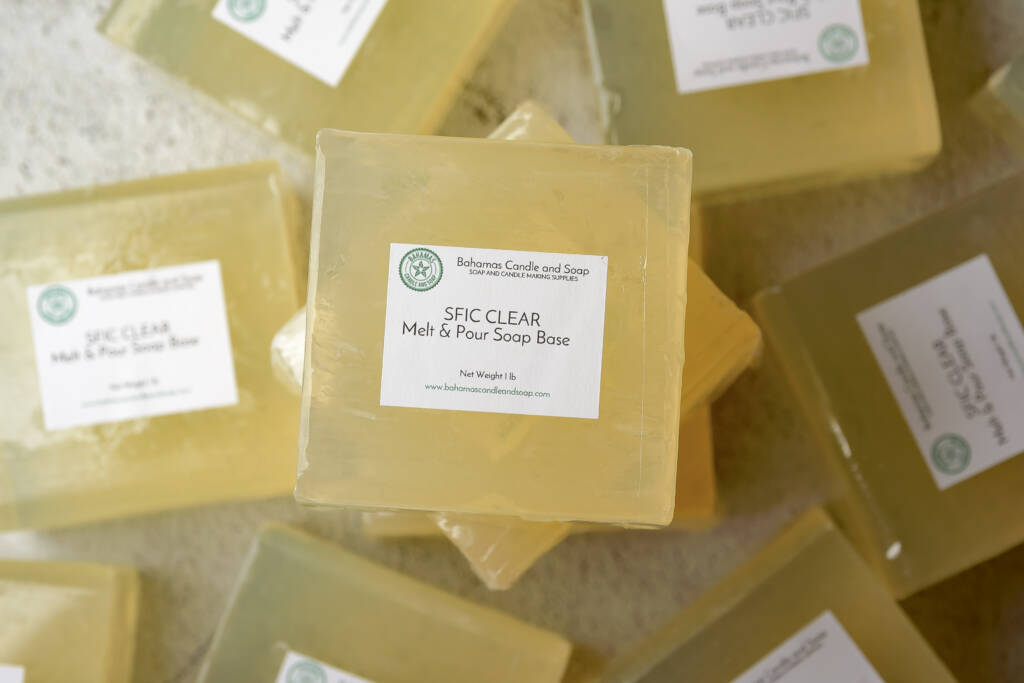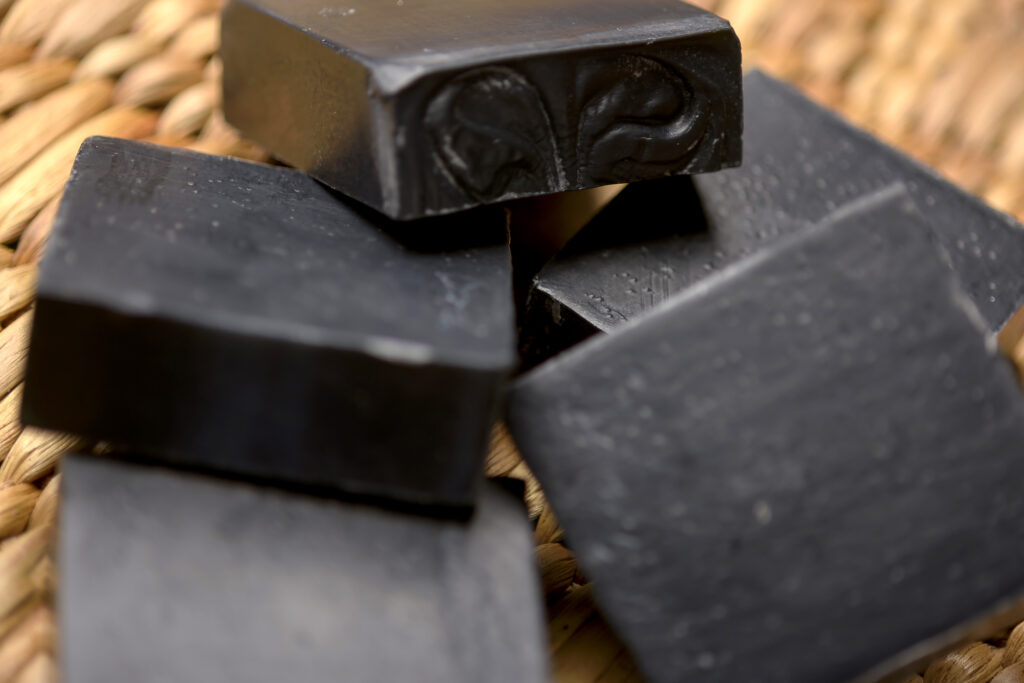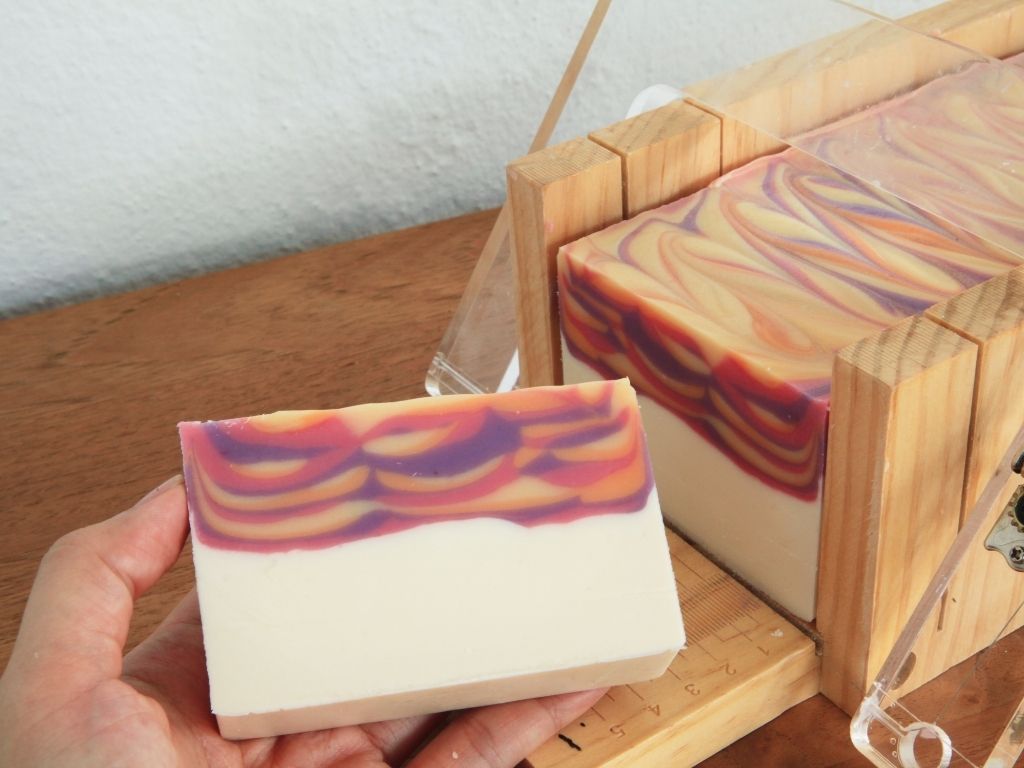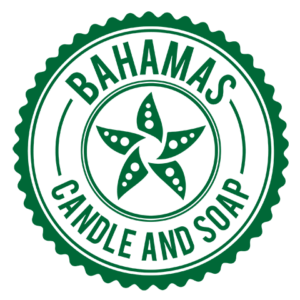Soap making is a general term used for… well soap making. It is general because there is more than one way to make soap, in fact there are 5 main soap making methods.
When it comes to making soap from scratch for the average person, the 5 main soap making methods are
- Melt and Pour soap making
- Cold process soap making
- Hot process soap making
- Milling process soap making
- Liquid soap making
Let’s take a closer look into each method to help find which method is right for you.

Melt and pour soap making methods.
Melt and pour soap making is by far the easiest method to make soap. This is because the soap base that you purchase is soap that has already been made.
Melt and pour soap is soap that has made from scratch, but a few additives were introduced to give the soap the ability to be melted, enhanced, poured into a new mold, solidify and ready to be used.
This method of soap making isn’t really soap making per se, instead it’s more of taking a completed canvas and adding your own artistic creativity to it.
Learn more about melt and pour from the our article on All You Need To Know About Melt And Pour Soap
What is good about melt and pour soap?
Melt and pour soap is ready to go out of the container. There are many soap bases that can be purchased which already have specific ingredients incorporated into the soap.
These bases vary from goats’ milk, aloe vera and shea butter.
The only thing you may want to do is to add color, fragrance and perhaps work a design technique to enhance the visual appeal of the soap.
This makes melt and pour a favorite method for beginner soapers to use. You can focus more on being artistic rather than the more tedious methods of soap making
The bad side of melt and pour soap making.
Although melt and pour soap is easy to make it is also difficult to control the ingredients that go into the soap.
Yes you can add other ingredients however the amounts are often very small compared to other methods of soap making.
For example, when it comes to skin loving oils, melt and pour can only take up to 2 tsp of oil compared to cold process soap which can be super-fated to leave more oil in the soap.
Melt and pour also does not lather as good as cold or hot process soaps, this is not an issue as it still cleans the skin but some persons do prefer more lather.
For more information on melt and pour you can Learn how to make melt and pour soap step by step.

Cold process soap making methods.
Cold process soap making is a popular method for soap making as the soaper can make a soap from scratch adding any ingredient they like to suit their needs.
This method is a preferred method of Bahamas Candle and Soap for our wholesale soaps.
Learn how to make cold process soap step by step.
What is good about cold process soap making.
When making cold process soap you have an extensive list of oils that can be used to make your soap.
The base oils of cold process soap making all have unique properties that help shape the outcome of your soap.
You can have a rock-hard bar of soap, something soft, high or low lather, moisturizing or cleansing. Whatever your skin needs you can make a soap to suit it using the cold process soap making method.
This method of soap making also allows many styling variants. All the beautiful bars of handmade soap you have seen online, especially on Pinterest, were made using the cold process soap method.
The bad side of cold process soap making.
There are two major setbacks for using the cold process soap method.
1 – The use of lye and lye water to make the soap. Lye is a corrosive substance and reacts to liquids especially water and also sweat.
If this substance gets on your skin it begins to itch and in larger quantities it can begin to burn your skin severly. .
This makes using the cold process method undesirable to many as they may have children or small pets that may be injured by this substance.
To learn more about all about sodium hydroxide read over the our article on all you need to know about lye
2 – The second major setback to the cold process soap making method is the cure time. Depending on the type of oils used your soap may take up to 8 or 12 months to fully cure. That is a long wait time.
This is typically seen in soaps made with soft oils such as olive, almond and avocado oils. The soap will eventually cure and get hard but it takes a very long time to shed all that water weight.

Hot process soap making methods.
Similar to cold process soap making, hot process soap making is a preferred method of soap making.
This method also allows you to make your soap with a variety of oils and other ingredients. Thus, making a soap that is catered to your skin needs.
What is good about hot process soap making.
The best part of using the hot process method of soap making is what makes hot process stand out from cold process.
The hot process method does not take nearly as long as cold process to cure. Infact when done right the soap can be used within 24 hours of making it.
This is by far a major benefit for soap makers as they can design a one-of-a-kind soap and have it ready for use the next day.
The bad side of hot process soap making
The bad side of hot process soap making, are two-fold.
The actual process of making the soap is far longer than all other methods of soap making.
Hot process soap can take up to 45-60 minutes for experts however for the rest of us anywhere between 1.4 -3 hours. This includes prep and making the soap, it’s a tedious but rewarding task.
Because hot process soap takes a different approach to making soap than cold process. The problem arises that you do not have in your arsenal many designs.
Using the hot process soap making process limits the soaper to a few techniques on aesthetics, far less than cold process and perhaps melt and pour soap can.
Milling soap making methods.
Milling is more a technical term used for rebatch soaping. The two can and have been used interchangeably however milling is often tied to making soap using soap noodles where it is milled and then pressed into a bar or soap.
Rebatch soap making is a more common used term when it comes to individuals.
Rebatching soap takes used or already made soap and turns it into a new bar of soap using a modified hot process method.
What is good about milling or re-batch soap.
Rebatching means that you don’t have to waste any unused small pieces of soap. You know those small pieces everyone tends to leave in the shower but reach for a new bar of soap… those.
Rebatching can also mean taking a new bar of soap and rebatching it either with old soap or adding color or fragrance to it
This means you can always repurpose your soap whether is cold or hot processed into a new bar of soap with new color and or fragrance.
The bad side of milling or re-batch soap.
Rebatching soap does require some time and effort as you have to either cut the soap you are rebatching into small pieces or use a grater to get very fine pieces to combine.
Then much like hot process you need to add water and other ingredients to a crockpot to cook the soap into a new soap batter and remold it.
This again is labor intensive, and it requires you have already made soap. It also requires you use soap made the in the same method.
This means either you use soap made in the cold or hot process method or melt and pour method and in some cases it’s even possible to use commercial soap as rebatch soap once it’s with other commercially made soaps.
Liquid soap making methods.
Liquid soap making is one of the least talked about methods of soap making. However it is a viable means of soap making.
Most often when we speak about soap making its automatically assumed that we are discussing a bar of soap. This is not always the case.
Liquid soap making is slightly easier and there is more than one way to make it.
What is good about liquid soap making.
Much like cold and hot process soap making, liquid soap making has the ability to use various oils that will change the outcome of the soap and can be tailor made for a specific skin type.
Liquid soap can be made as simple base with no fragrance or color in large batches and as you need you can take portions of that batch and customize it with color and fragrance as you see fit.
The liquid soap can also be made into a concentrated paste that can be diluted to make more. If done right half a day making a gallon of concentrated liquid soap can convert into over 20 gallons of actual liquid soap.
In this regard liquid soap can be made into large batches ready to be customized.
The bad side of liquid soap making.
Also, like hot process soap making a crockpot is often required to make the soap and this requires preparation time and cooking time.
The time to make liquid soap varies from 4-6 hour the longest time of all the soap making processes.
Not only is the process long the curing time is also as long. Some soapers do not concern themselves with the curing process as the soap is ready to go however by letting it sit for 4 weeks the soaponificaiton process continues to refine the soap.
Final thoughts on soap making methods
No matter what method you use or prefer, it’s good to have a well-versed list of talents that can allow you to move between each of the methods discussed here.
This will allow you to develop your own style and technique within the soap making methods.
What I have found is that you will most likely gravitate to one or two particular soap making methods. This is good because you can then practice and learn to cut down on the time needed for that method.
Making soap can be rewarding and when it begins to get a bit boring you have 4 other methods to learn and have fun with.
Recent Posts
Best Practices for Using, Storing, and Keeping Soap Molds for a Long Time
Soap making can be a rewarding and creative pursuit, allowing artisans to craft unique products while exploring their artistic side. One of the most critical components of this process is the soap...
Recommended Soap Molds Soap making can be an exciting hobby or even a profitable business but you wont get very far if you make a batch of soap and have no way to shape and mold it. This is where...
